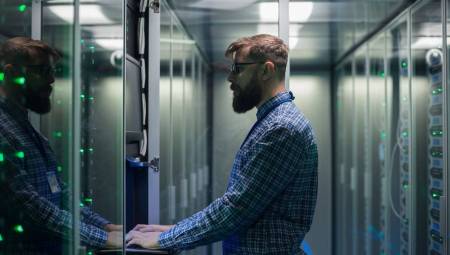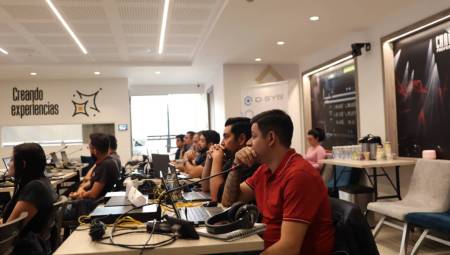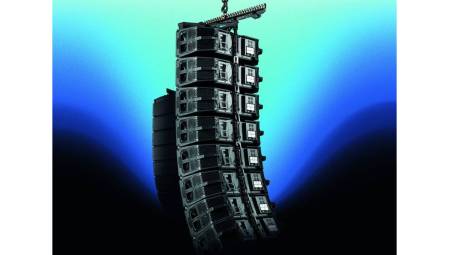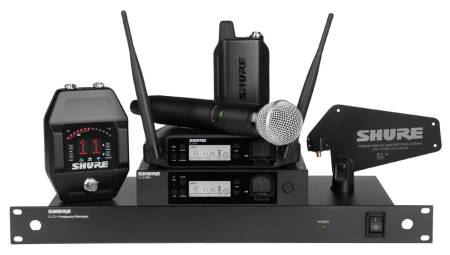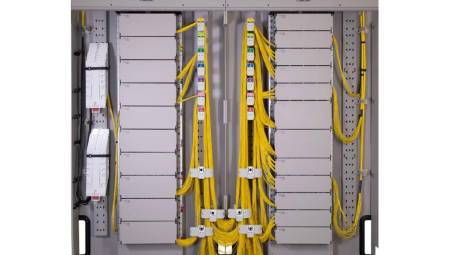Brazil. Brazilian jazz pianist and composer Ricardo Bacelar, completed his first Dolby Atmos project: a full-length album titled Congênito, which was released in August on his Jasmin Music label.
Congênito, recorded by Melk and mixed by multi-Grammy Award-winning engineer Beto Neves, is something of a milestone for Ricardo Bacelar and the record industry at large, not only because it exemplifies the growing international trend of immersive audio production, but because it was written and produced with immersive audio in mind at Bacelar's own Jasmin Studio. one of the most advanced Dolby Atmos certified residential facilities in the world.
Taking the 'residential studio' to the next level
Bacelar's Jasmin Studio was completed shortly after Bacelar moved into his new seaside home last November. The studio combines analog and digital workflows and supports music production in any monitoring format, from stereo to immersive 7.1.4. The technical design of the studio, which features a fully wired Dante network, was facilitated by São Paulo audio expert Daniel Reis and allows for smooth transit between analog and digital formats.
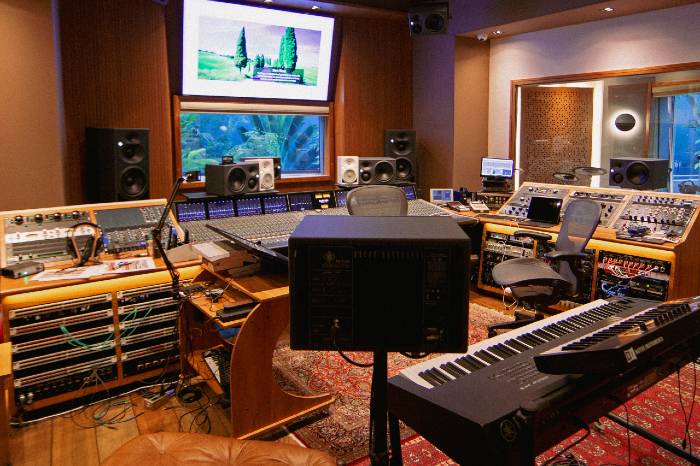 In addition to his creative forays into musical composition and immersive audio production, Ricardo Bacelar is Honorary Consul of Belgium, President of the OAB's National Commission for Culture and Art and is also a copyright lawyer. Before starting work on his Congênito project, he hired acoustic design firm WSDG to build a state-of-the-art multi-room residential recording facility, complete with a Dolby Atmos 7.1.4 certified control room and seven isolation booths.
In addition to his creative forays into musical composition and immersive audio production, Ricardo Bacelar is Honorary Consul of Belgium, President of the OAB's National Commission for Culture and Art and is also a copyright lawyer. Before starting work on his Congênito project, he hired acoustic design firm WSDG to build a state-of-the-art multi-room residential recording facility, complete with a Dolby Atmos 7.1.4 certified control room and seven isolation booths.
Jasmin Studio: an 'audio lab'
Melk, Congênito's recording engineer, describes the recording process, which took place over several months: "Working with Ricardo requires a portion of his time spent researching and experimenting with sounds," he says. "As he is a multi-instrumentalist, his creation process is dynamic and demands creative and innovative solutions from the technician to obtain the best results."
During the recording, which included capturing the most intricate sonic details of Bacelar's piano work, Dias employed a complement of high-end tools, including a pair of Sennheiser's AMBEO VR ambisonic microphones, the Neumann D-01s and KM 184D digital microphones, a Neumann KU 100 Dummy Head binaural microphone and a Neumann U 47 Fet, among many others. The sound result takes the listener "inside" the music.
Beto Neves, an acclaimed mixing engineer who has worked on dozens of Dolby Atmos projects since 2014, mixed the project on the studio's 48-channel Delta SuperAnalogue Solid State Logic Duality console. Neves appreciated the extra dimension that immersive and ambisonic microphones imparted to the final mix. "On one song, 'Paralelas', which only included a piano and a voice, I ended up using only the AMBEO microphones in the mix," Neves explains. "For me, this song is actually the most intimate experience on the album because you get the impression that you're right in the center of the piano."
For Bacelar, recording and mixing in Dolby Atmos brought an extended canvas of possibilities to his compositions: "Composing and recording in immersive mode introduces new possibilities in the creative process," he explains. "For example, when you're going to do a counterpoint in a melody, you have this extra space in your head. Now you can spatialize them, and it can have a very favorable impact on the composition and arrangement. Music is a form of perception, and now that we have a 7.1.4 system we can make this perception more powerful."
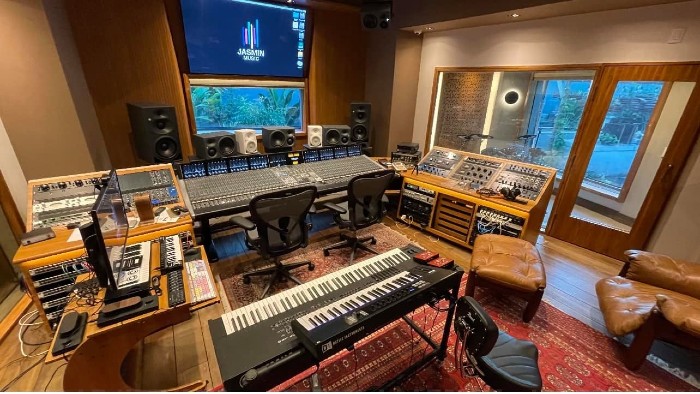 In addition to having such a clear vision of what the album could achieve in terms of composition, Bacelar played all the instruments himself. "As an instrumentalist, Ricardo knows what he wants," neves says. "When he sits down to touch something, if he needs to touch it a hundred times to achieve what he wants, he will do it." Sometimes the tracks were recorded only with a piano and Bacelar added other instruments later, and other times, the drums were recorded on a click track, one by one, before adding other instruments. "Overall, it's a beautiful album with beautiful performance and amazing arrangements," Neves observes. "Jasmin Studio is a kind of music lab."
In addition to having such a clear vision of what the album could achieve in terms of composition, Bacelar played all the instruments himself. "As an instrumentalist, Ricardo knows what he wants," neves says. "When he sits down to touch something, if he needs to touch it a hundred times to achieve what he wants, he will do it." Sometimes the tracks were recorded only with a piano and Bacelar added other instruments later, and other times, the drums were recorded on a click track, one by one, before adding other instruments. "Overall, it's a beautiful album with beautiful performance and amazing arrangements," Neves observes. "Jasmin Studio is a kind of music lab."
Bacelar says that in order to advance Jasmin, he intends to record and produce other musicians in addition to his own material. "The studio has been designed to produce a proprietary catalog and is the engine of my Jasmin Music label, and our integration with Dolby Atmos will help take our creativity to the next level." Some future projects will include solo albums, jazz trios, big bands and other projects.





